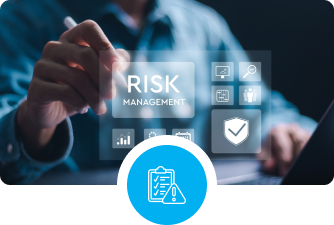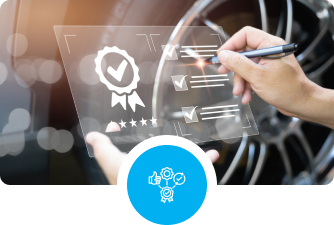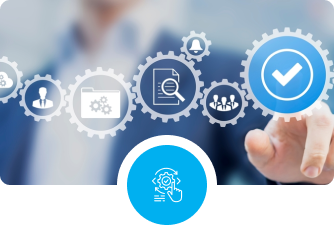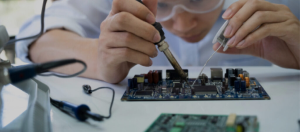MedTech Compliance and Security
A Critical Success Factor for Startups and Growing Companies
Ensuring that medical devices meet stringent regulatory standards and are secure against cyber threats is essential for maintaining user trust, avoiding legal repercussions, and achieving market success.
The Importance of Compliance and Security
Regulatory Compliance
Regulatory compliance ensures that medical devices are safe and effective for use. Various regulatory bodies, such as the FDA in the United States and the MDR in Europe, have established guidelines and standards that medical devices must meet before they can be marketed and sold. Compliance with these regulations is not optional; it is a legal requirement. Failure to comply can result in significant penalties, recalls, and damage to the company’s reputation.
Cybersecurity


Medical Bracelet
Methodologies for Supporting Compliance and Security

Risk Management
A comprehensive risk management process is essential for identifying, assessing, and mitigating potential risks associated with medical devices. This includes conducting thorough risk assessments, implementing risk control measures, and continuously monitoring and reviewing risks.

Quality Management Systems (QMS)
Implementing a QMS that aligns with international standards, such as ISO 13485, ensures that medical devices are developed and manufactured to the highest quality standards. A robust QMS helps organizations maintain compliance, improve product quality, and enhance customer satisfaction.

Design Controls
Design controls are critical for ensuring that medical devices meet user needs and regulatory requirements. This involves documenting design inputs and outputs, verifying and validating designs, and managing design changes throughout the development process.

Software V&V
For medical devices that incorporate software, verification and validation is crucial to ensure that the software performs as intended. This includes conducting rigorous testing, documenting validation activities, and maintaining traceability from requirements to testing.

Secure Development Lifecycle (SDL)
Integrating security into the development lifecycle helps identify and address security vulnerabilities early in the design and development process. This includes conducting threat modeling, code reviews, and security testing, as well as implementing secure coding practices.
Key Compliance and Security Standards
ISO 13485
ISO 13485 is an international standard for quality management systems specific to medical devices. It outlines the requirements for a QMS that ensures medical devices are consistently produced and controlled to meet regulatory requirements and customer expectations.
IEC 62304
IEC 62304 is a standard for the lifecycle processes of medical device software. It provides a framework for the safe design and maintenance of software used in medical devices, including software risk management and software verification and validation.
ISO 14971
ISO 14971 is an international standard for risk management of medical devices. It provides a systematic approach for identifying, evaluating, and controlling risks associated with medical devices throughout their lifecycle.
FDA 21 CFR Part 820
The FDA's 21 CFR Part 820 outlines the Quality System Regulation (QSR) requirements for medical device manufacturers in the United States. It includes provisions for design controls, document controls, production and process controls, and corrective and preventive actions.
GDPR and HIPAA
For medical devices that handle patient data, compliance with data protection regulations such as the General Data Protection Regulation (GDPR) in Europe and the Health Insurance Portability and Accountability Act (HIPAA) in the United States is essential. These regulations mandate the protection of personal data and establish requirements for data security and privacy.
Supporting Startup and Growing Companies
Expert Consultation
Engaging with compliance and security experts can provide valuable guidance and insights. Experts can help startups understand regulatory requirements, develop risk management strategies, and implement security best practices.
Training and Education
Providing training and education to employees on compliance and security is essential for fostering a culture of quality and security. This includes training on regulatory standards, risk management, and secure development practices.
Compliance and Security Tools
Utilizing compliance and security tools can streamline processes and improve efficiency. This includes tools for risk management, QMS, software validation, and cybersecurity.
Collaboration and Partnerships
Collaborating with industry partners and regulatory bodies can provide additional support and resources. Partnerships can facilitate knowledge sharing, joint research, and access to regulatory expertise.
Continuous Improvement
Compliance and security are ongoing processes that require continuous monitoring and improvement. Startups and growing companies should establish mechanisms for regularly reviewing and updating their compliance and security practices to address emerging risks and regulatory changes.


